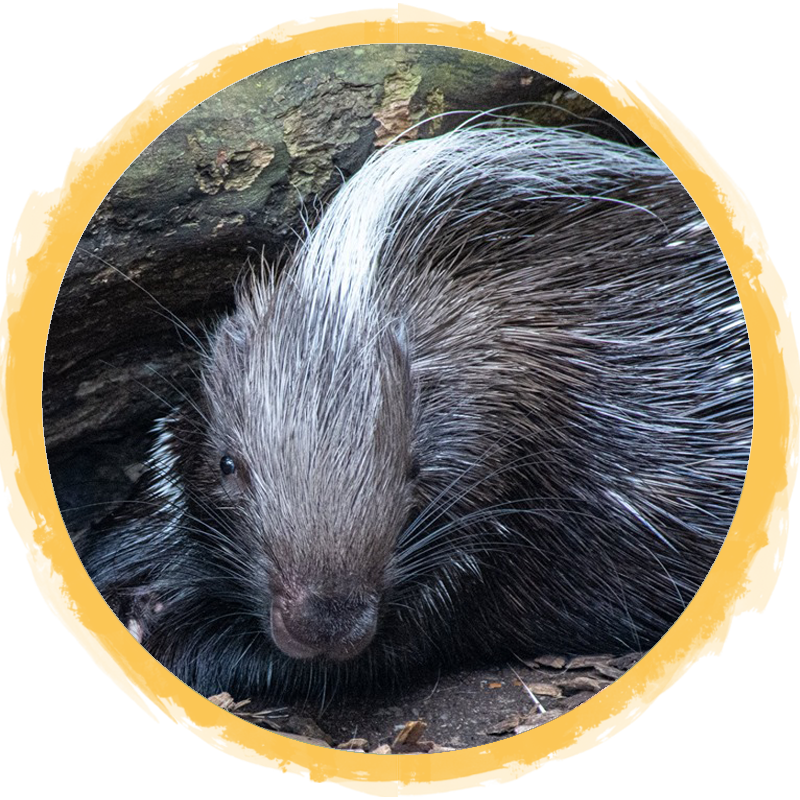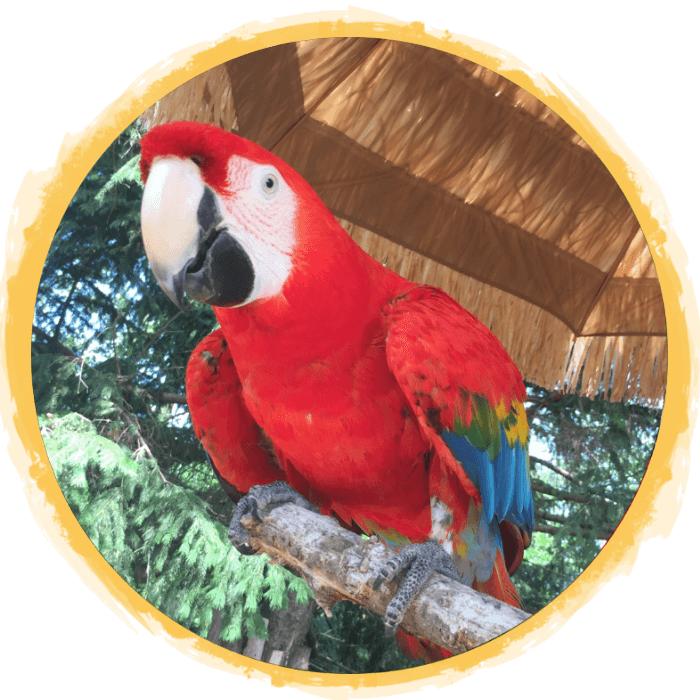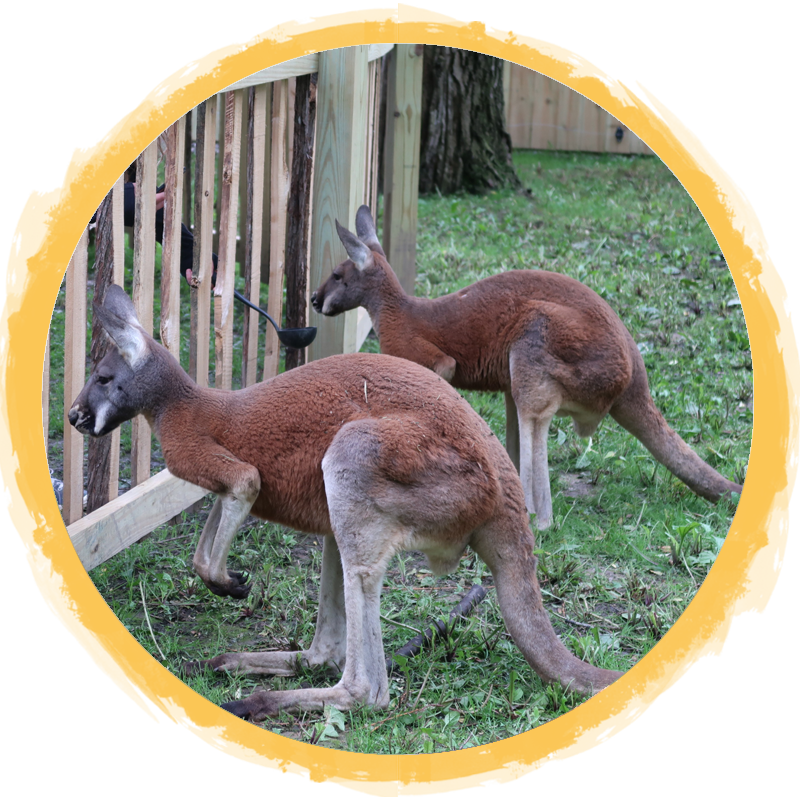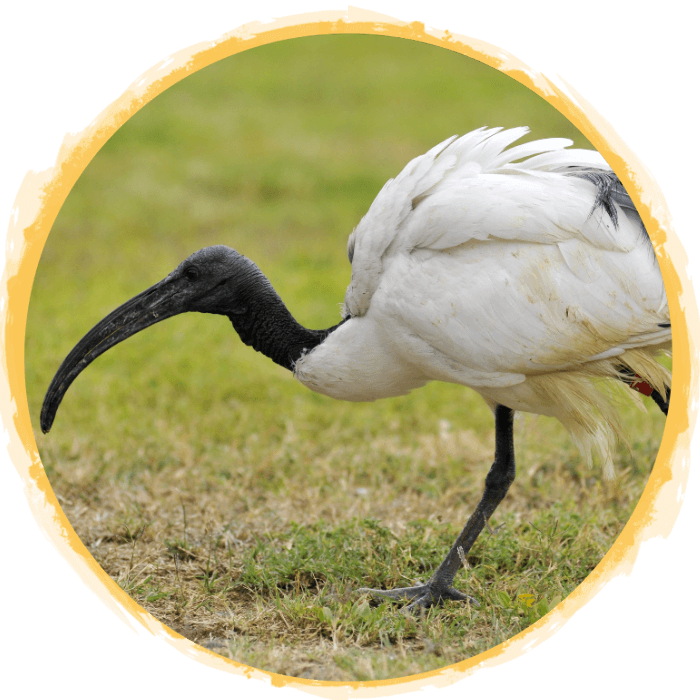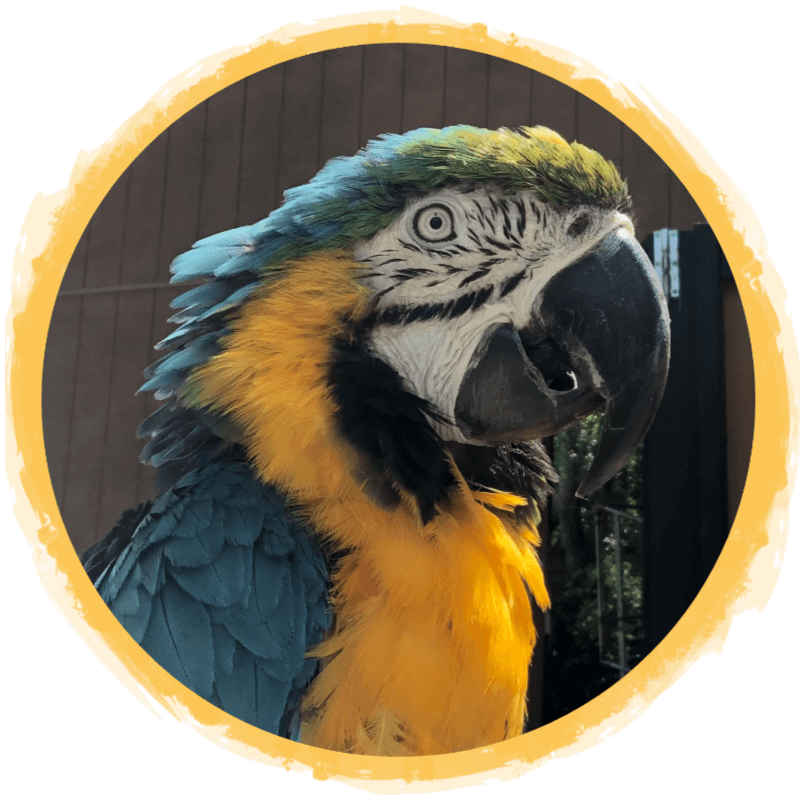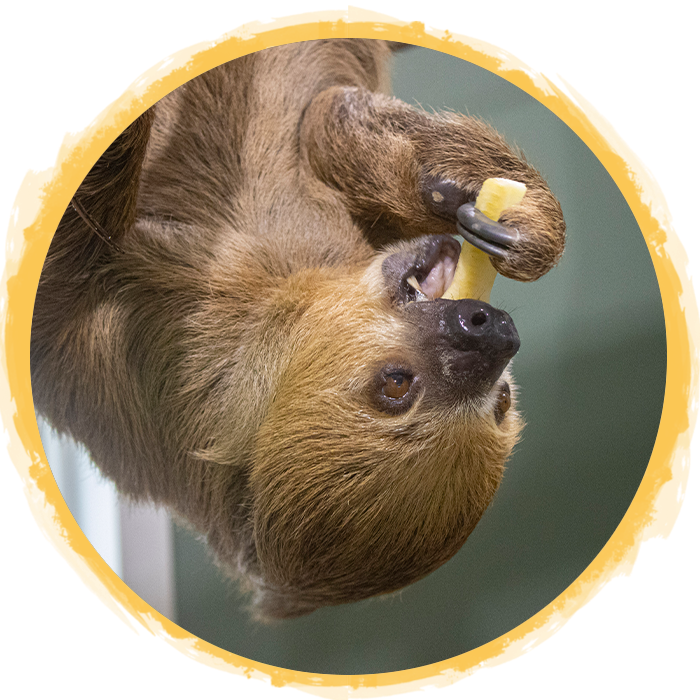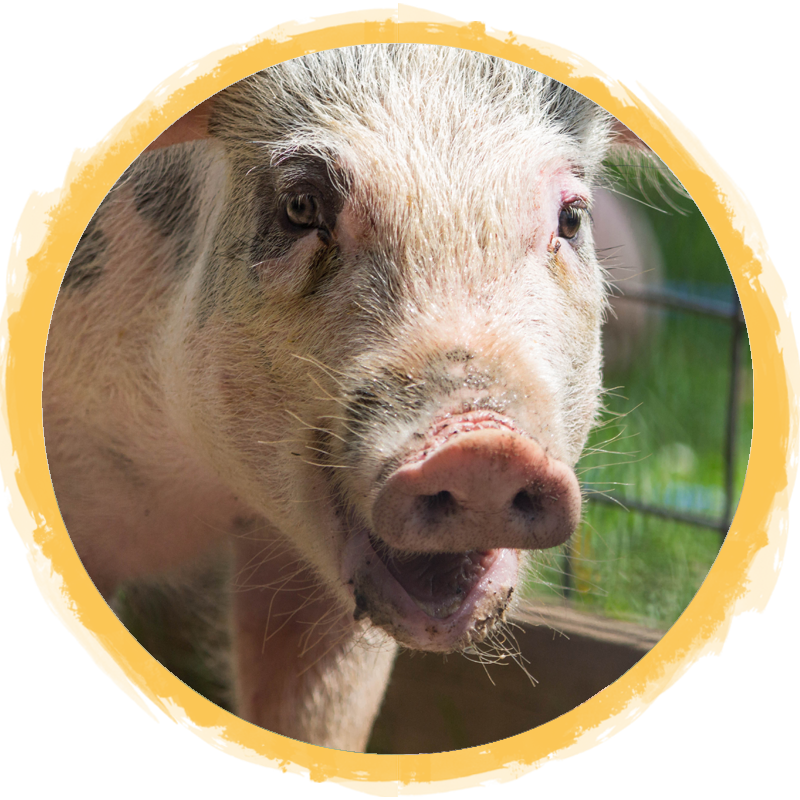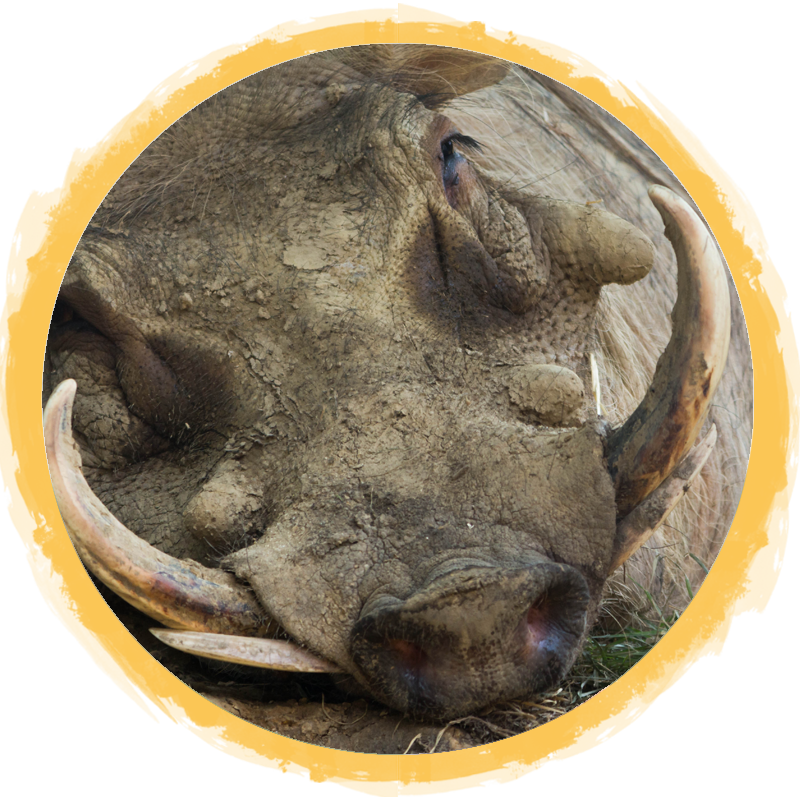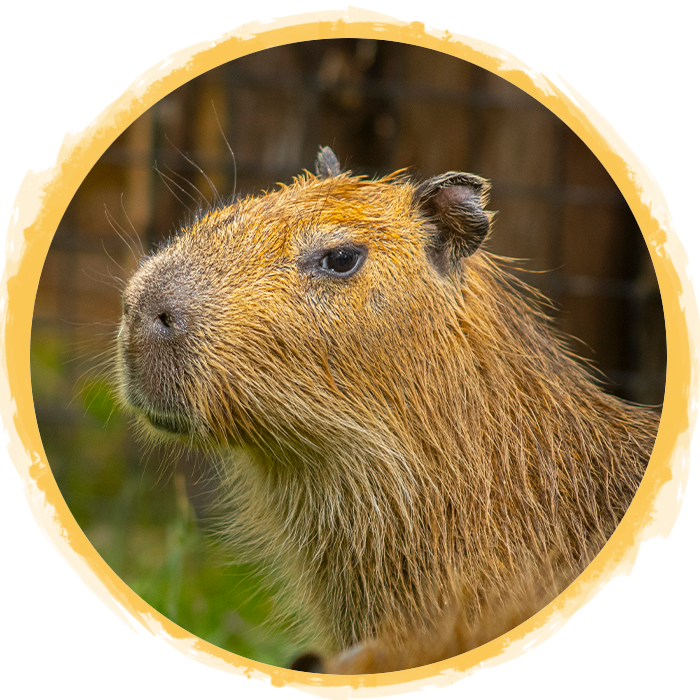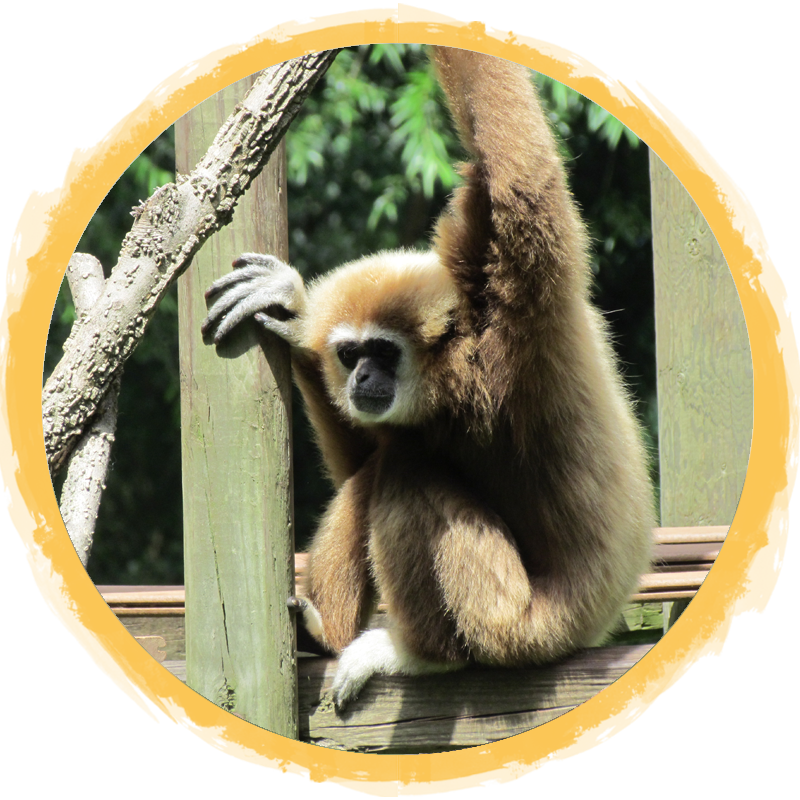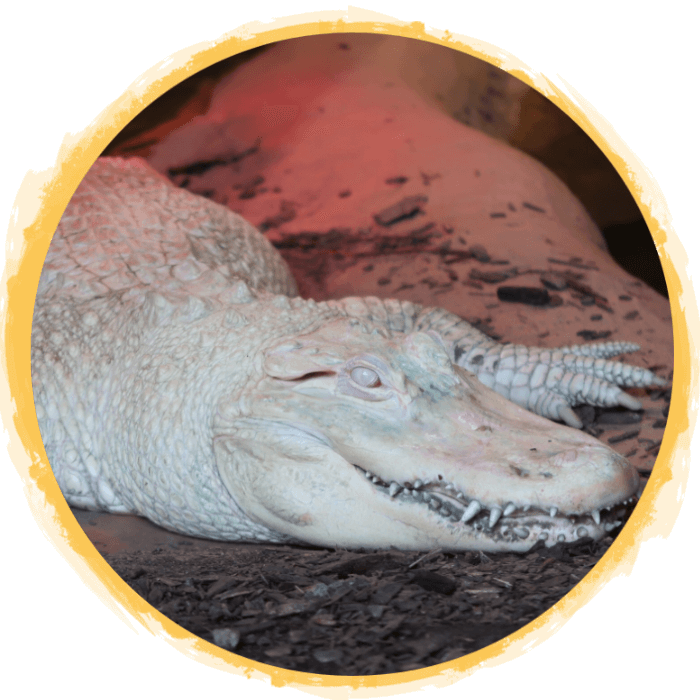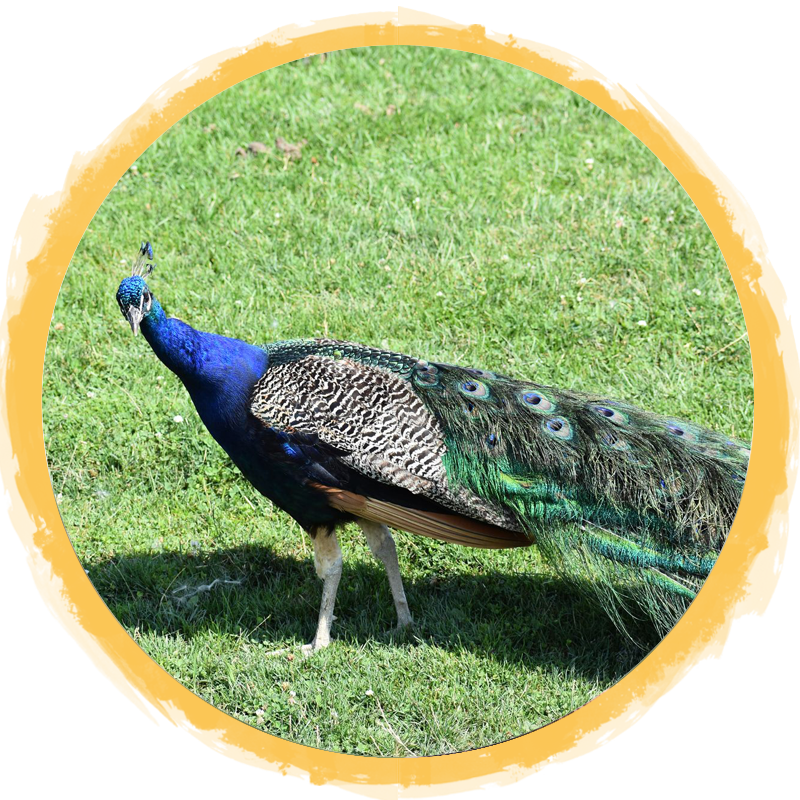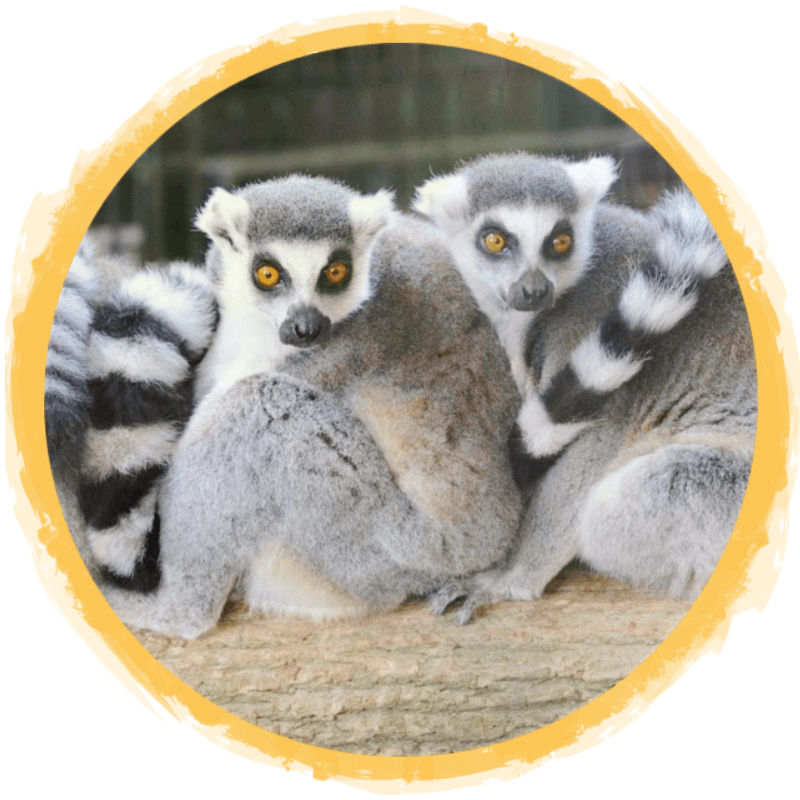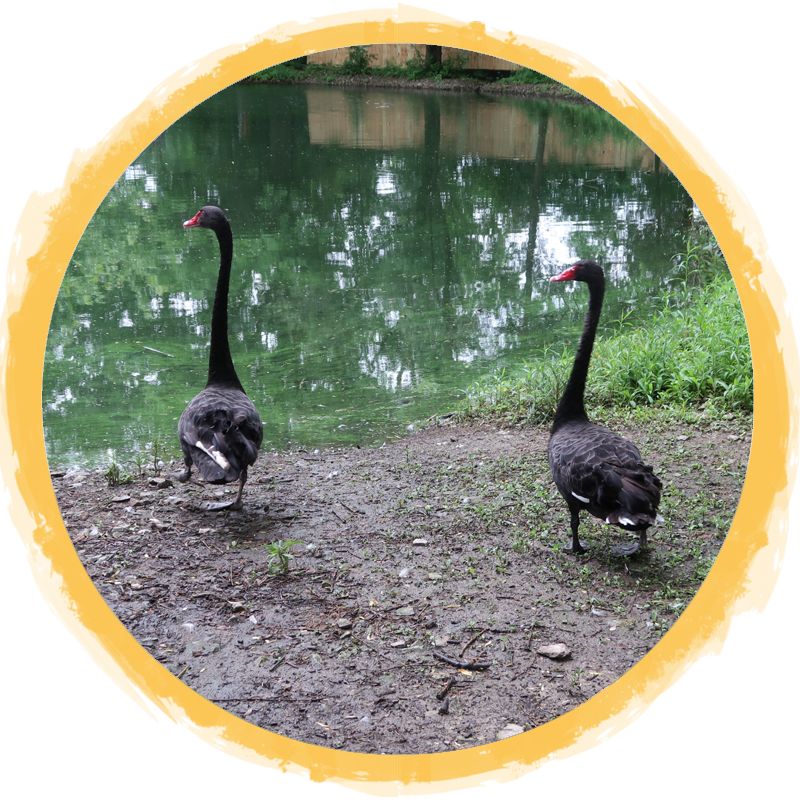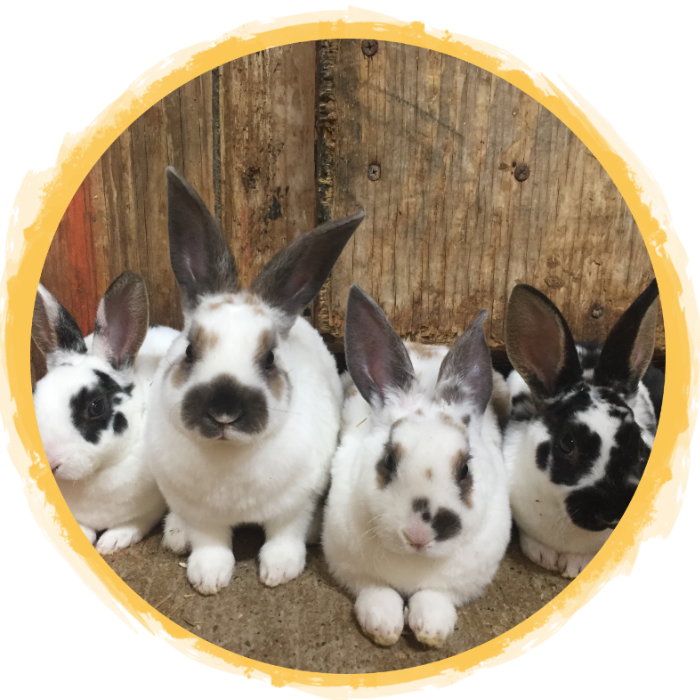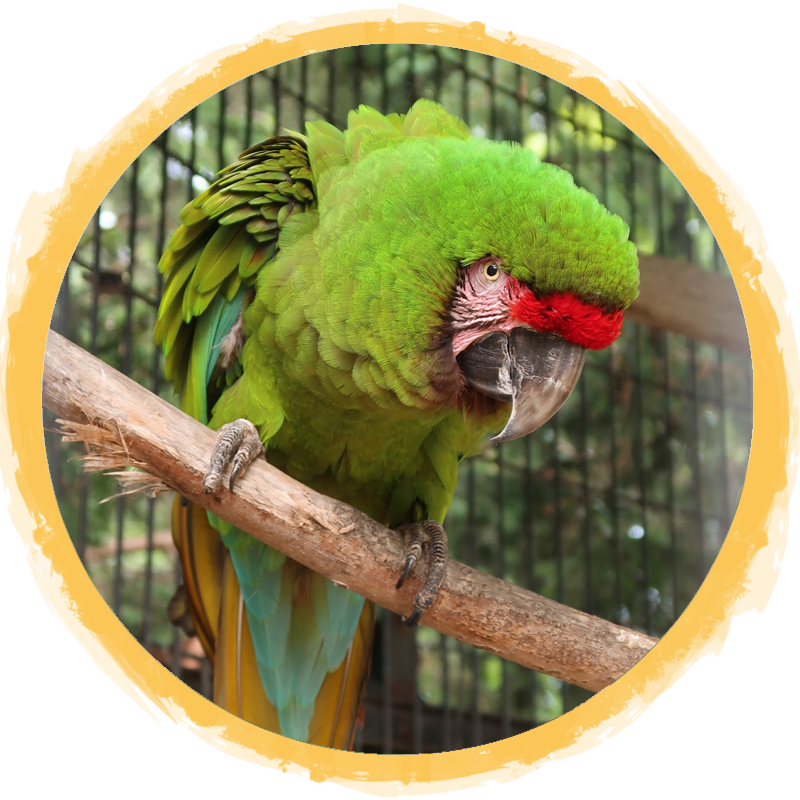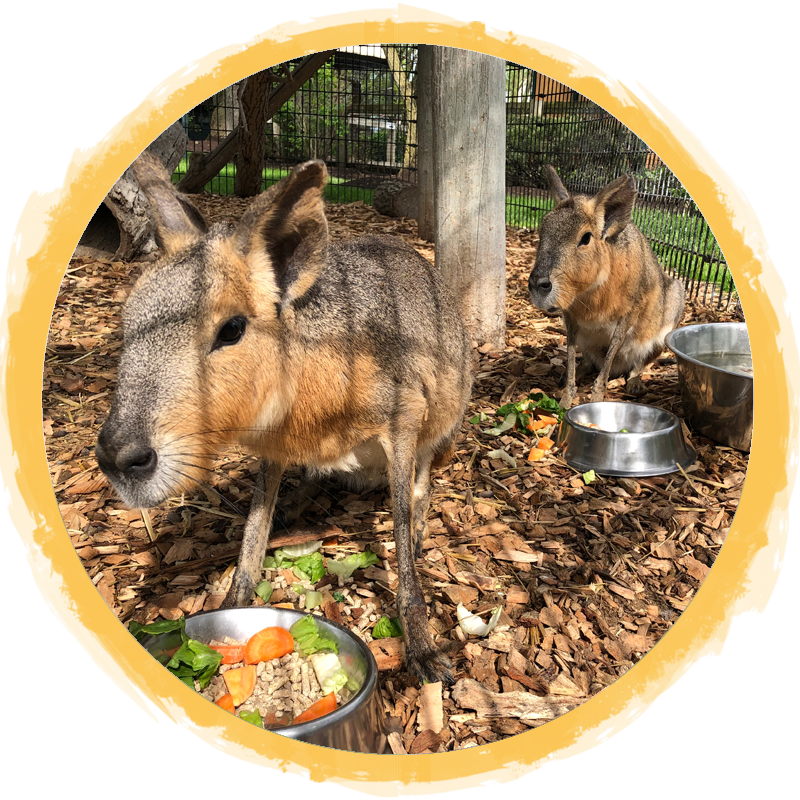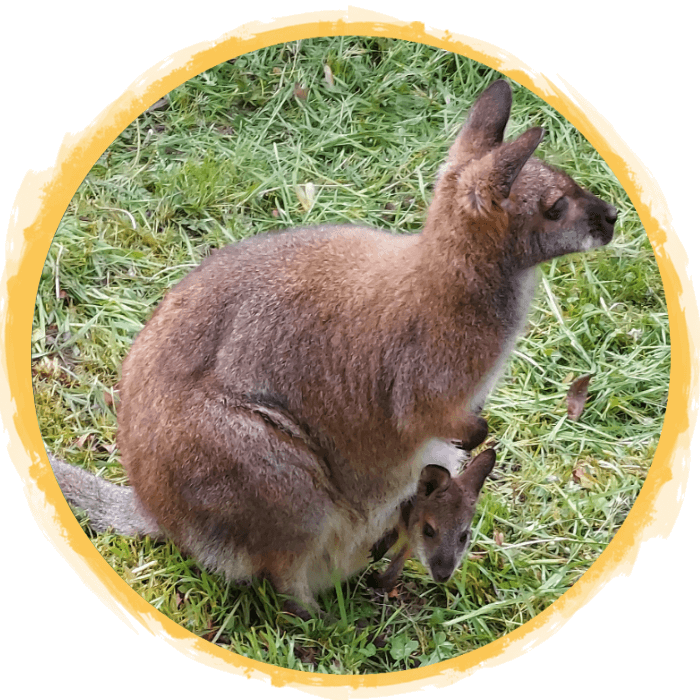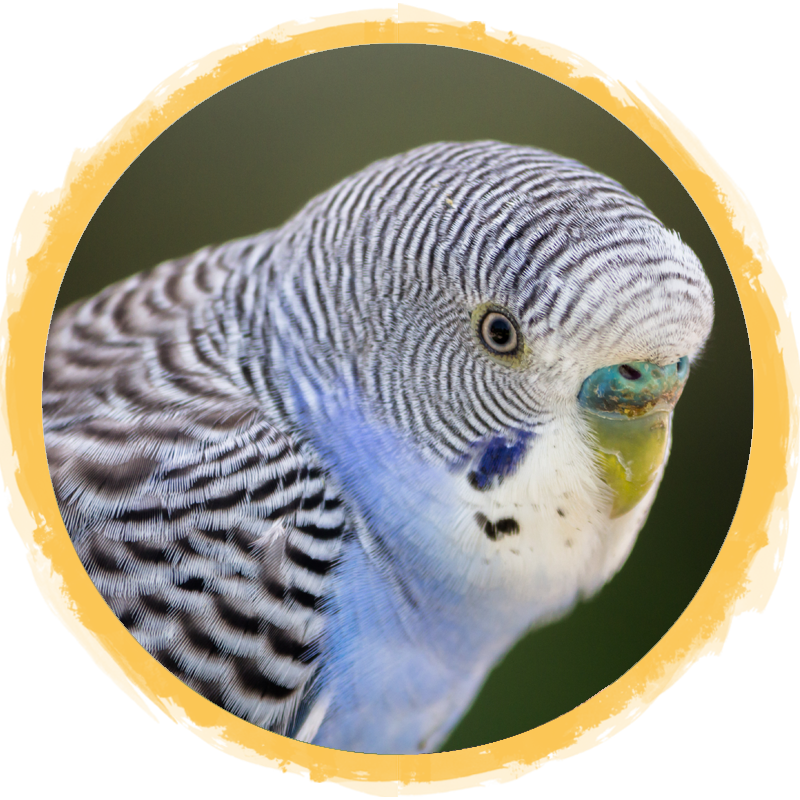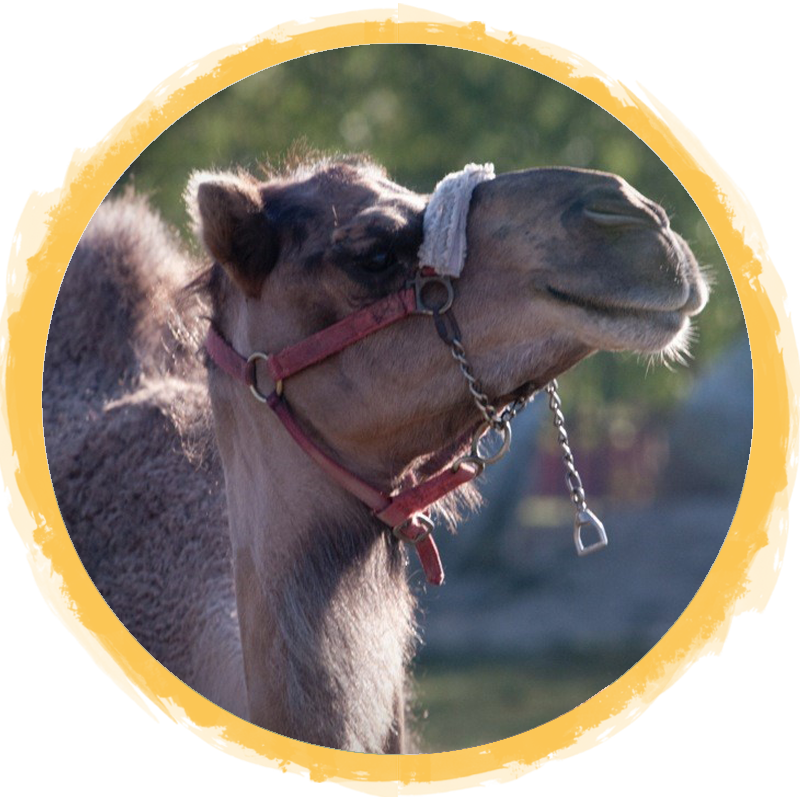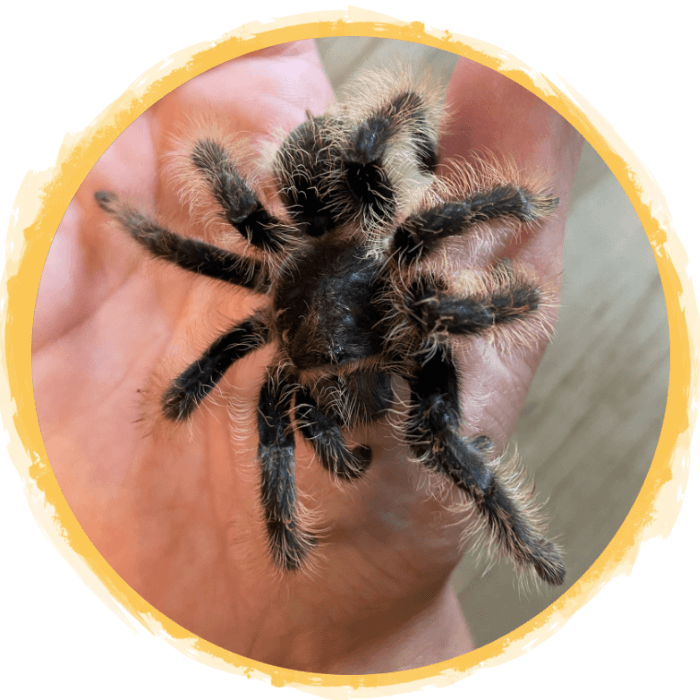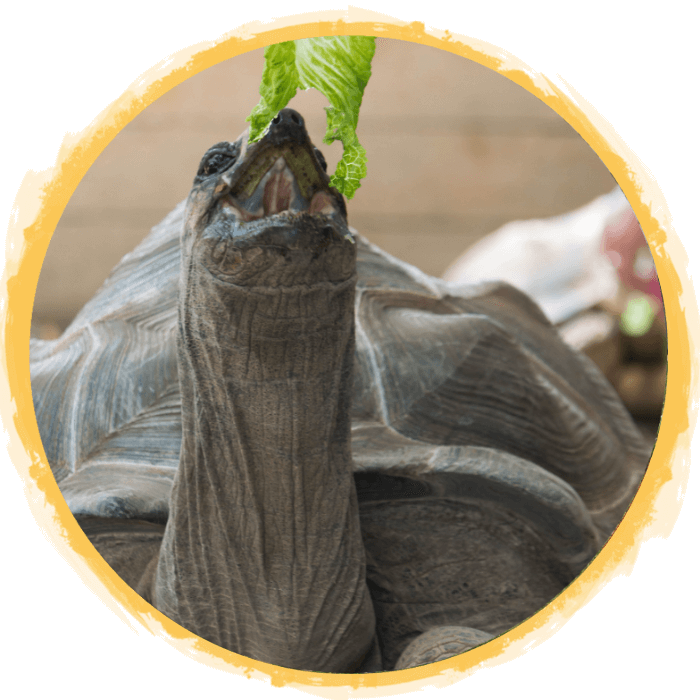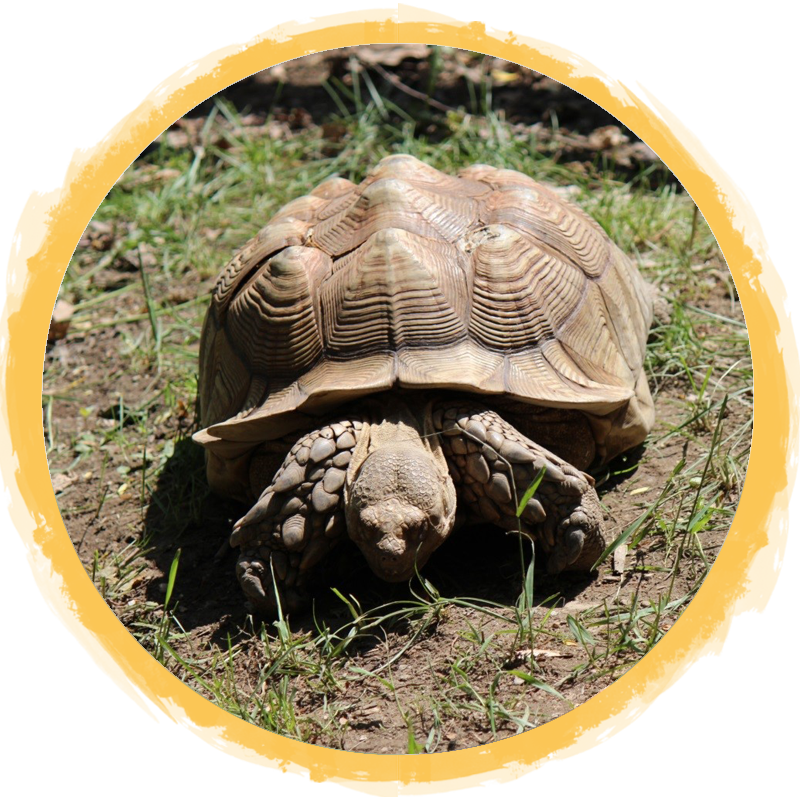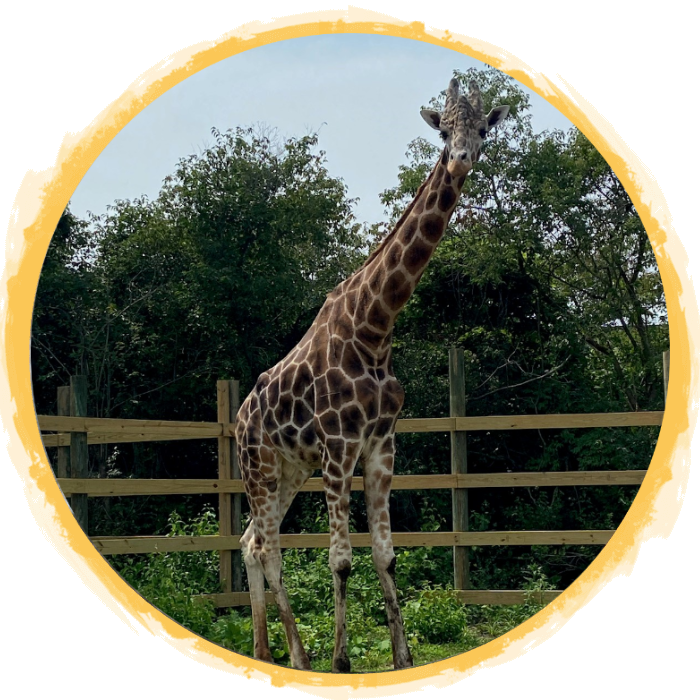(Pavo cristatus)
Peafowl are one of the most recognizable birds in the world and their close association with humans have allowed them to thrive! Also known as the common peafowl or the blue peafowl, this species is native to the Indian subcontinent. Males are called peacocks, where females are called peahens. The function of the peacock’s elaborate train of feathers has been debated amongst biologists for over a century. The current, and most popular theory is that the peacocks show their feathers as a courtship display for females. The greater the number of eye spots in the feather train, the greater the success of mating. Peacocks will develop a full train and reach sexual maturity at 2-3 years of age.
The Indian Peafowl is the National Bird of India and celebrated in Hindu and Greek mythology.
Peafowl were also a status symbol in the middle ages.
As you may hear, peafowl make very loud shrieking noises. Termites are their preferred food but they have been known to eat young cobras. While the males feather train can help them reproduce, it can in turn increase their risk of predation, harming their view of predators and making it easier for them to be snatched up. While peafowl are not in threat of being endangered, human populations are forcing them to lose some of their natural habitat and water sources.
Fast Facts
Country of Origin: India
Weight: Up to 13.2 lbs
Size: 77 - 89 inches in length for males with a full train
Lifespan: 15 years in the wild, up to 23+ years in captivity
Diet: Foraging birds, Peafowl eat berries and grains, but will also prey upon snakes, lizards, and small rodents.

